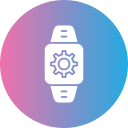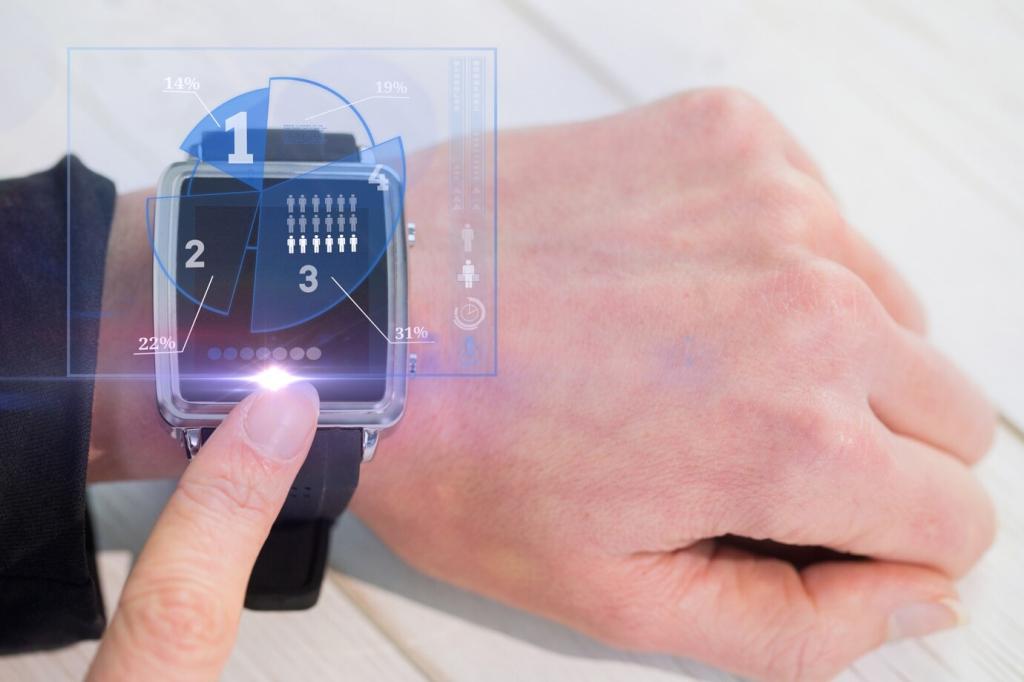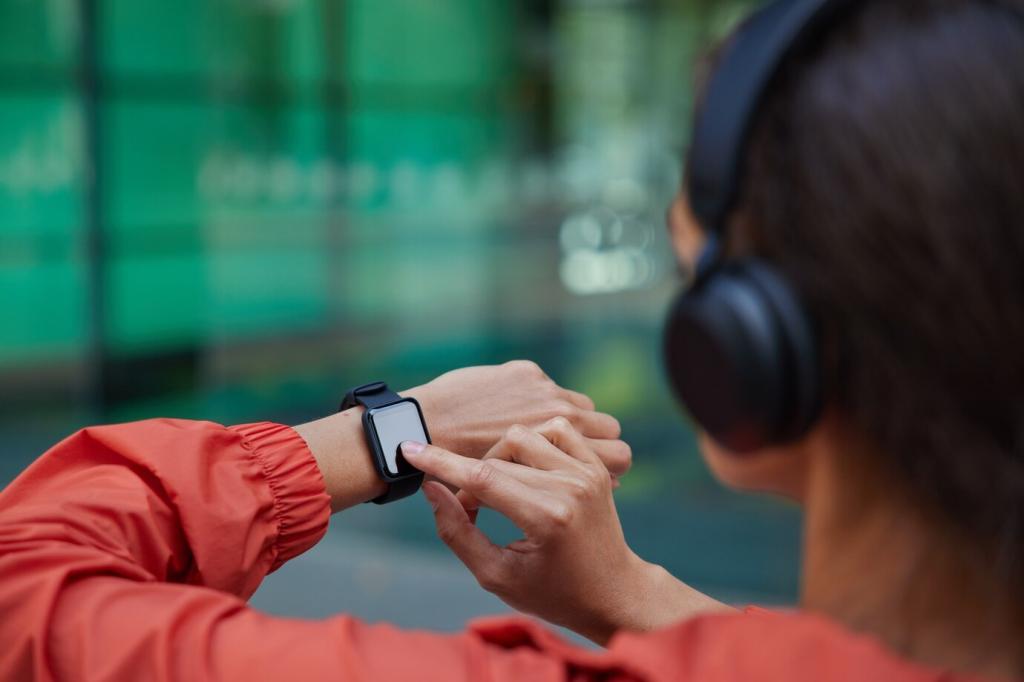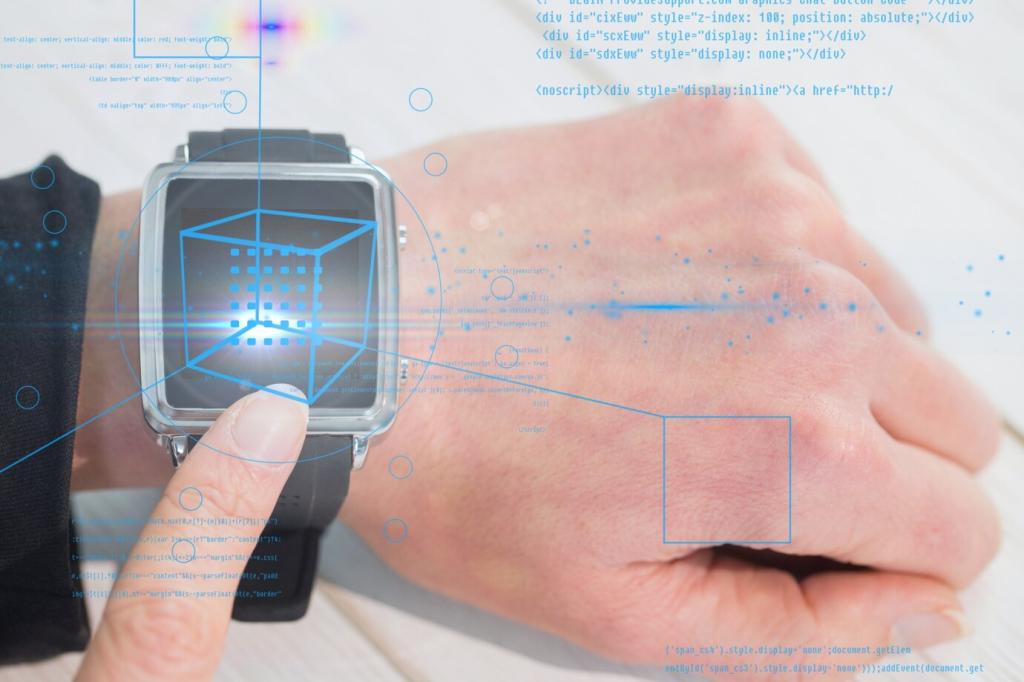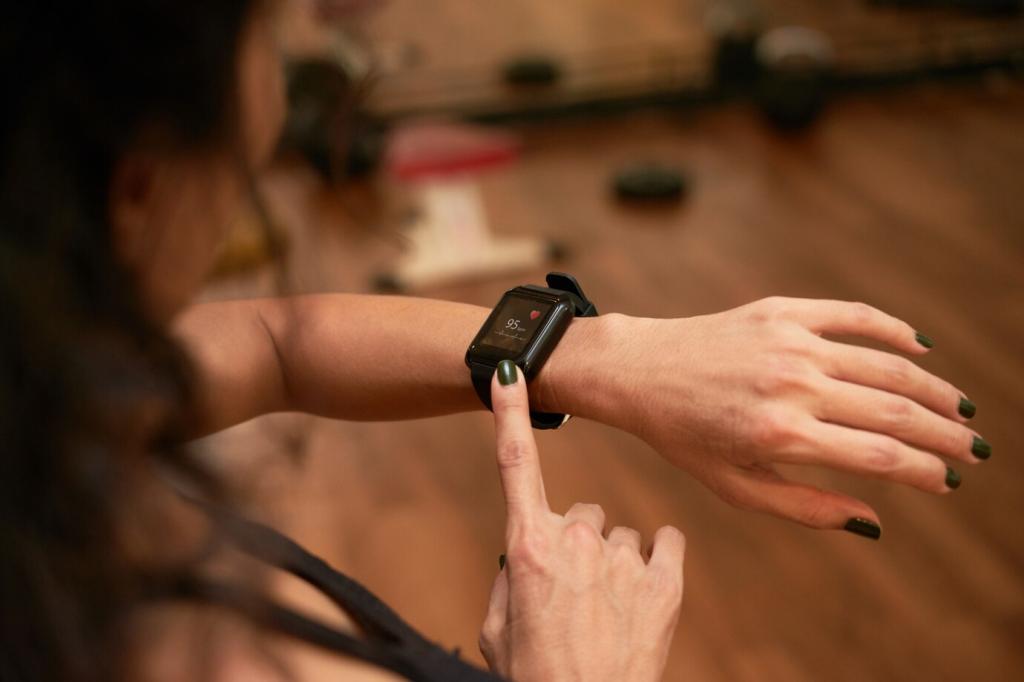Performance, Battery, and Network Optimization
Use CPU, memory, and layout profilers to spot jank and allocations during scroll or complication updates. Instruments can reveal retained views and expensive redraws. A single off‑main thread image decode halved jank during an activity ring animation in our tests.
Performance, Battery, and Network Optimization
Analyze bugreports with Battery Historian for wake locks and network bursts on Wear OS. On watchOS, check Energy Log for hot paths during long sessions. Trimming a polling interval from 15 seconds to 60 saved double‑digit battery in field trials.
Performance, Battery, and Network Optimization
Intercept traffic to confirm payload sizes and caching headers. Compress JSON, debounce syncs, and prefer batched updates. Readers: what compression libraries work best for you on watch? Share results so others can copy proven, battery‑friendly settings.
Performance, Battery, and Network Optimization
Lorem ipsum dolor sit amet, consectetur adipiscing elit. Ut elit tellus, luctus nec ullamcorper mattis, pulvinar dapibus leo.
